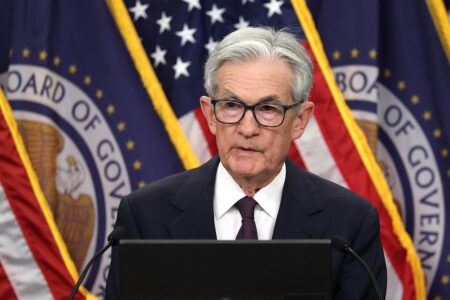Augmented reality technologies in the consumer market are flying under the radar – it is almost a decade, for example, since the launch of AR gaming experience Pokemon Go. Nevertheless, the march of AR on the mobile phone is ongoing – a survey just published by Thrive found 35% of American consumers have now used mobile AR; almost one in two use the technology frequently.
Thrive’s research suggests that gaming remains the consumer market in which AR is getting the most reaction – the impact of the Pokemon Go phenomenon is clearly still being felt. But usage in other categories, from shopping to social interaction, is also continuing to increase.
Advertising and marketing campaigns represent another key use case for this technology, as illustrated by the Series A funding round announced today by San Francisco-based Flam. It has raised $14 million, taking its total funding over the past four years to $22 million.
Shourya Agarwal, co-founder and CEO of Flam, talks in terms of “mixed reality”, which he sees as a natural extension of the way in which content has changed over time. “Over the years, we’ve made transition from text to images to video in order to keep customers interested,” Agarwal says. “But consumers now want more – particularly younger consumers; they want content that feels and looks more exciting and engaging.”
Big brands appear to agree. One recent report found that global brands spent $5.5 billion on augmented reality marketing last year, and estimated that this figure will more than double to $11.8 billion by 2028. “AR advertising provides an opportunity for customers to experience products and services before making a purchase”, researchers pointed out.
Play Puzzles & Games on Forbes
The challenge for brands is how to distribute that content. Consumers can’t be expected to browse traditional media while wearing headsets in case they want to access new types of content – let alone to wander the streets equipped with such devices.
In this context, Agarwal says the best way to think about Flam is as a mixed reality publishing infrastructure – a platform that provides a means for brands and organisations to launch a more immersive type of marketing or customer experience from conventional touchpoints. Those could include anything from an ad in a newspaper to a billboard in the street or from product packaging to digital content.
Consumers access these immersive experiences by using their smartphone camera to open a QR code or a link. That unlocks a richer piece of marketing, viewed through the phone, that incorporates the original content but adds 3D images and pictures and enables the viewer to interact with it – zooming in and out, say, or deciding what details they want to look at.
Founded in 2021, Flam has already signed up customers including Google, Samsung and Emirates to run campaigns using its technology; last year, it even worked with Kamala Harris’s Presidential bid team. Agarwal says more than 100 global brands have now used Flam – and that their campaigns have reached more than 580 million users.
“Before YouTube it was technically difficult to host and share videos online; it was complex, expensive and out of reach for most creators,” he adds. “YouTube changed that with a simple, scalable platform, and we’re doing the same for mixed reality.”
Today’s funding round is led by RTP Global, with participation from Dovetail and other existing investors. “The time for mixed reality is now,” insists Nishit Garg, partner at RTP, while Amal Parikh, managing director of Dovetail, tips Flam to “redefine how brands connect with consumers”.
That remains to be seen – this is an evolving marketplace. At one end, for example, the social media giant Snap continues to experiment with AR functionality for advertisers and brands. At the other, businesses such as 8th Wall, are competing directly with Flam; it also offers an AR platform that allows brands to distribute AR experiences via mobile devices – in its case through a browser.
Nevertheless, as providers make it easier for big brands to get more engaging content our there, the future for AR and mixed reality marketing looks bright. Above all, the returns on investment look compelling. AR Insider estimates that in 2022, buyers spent $58 billion on physical goods having been influenced by AR – and that this will increase to an enormous $255 billion by 2027.
Read the full article here











